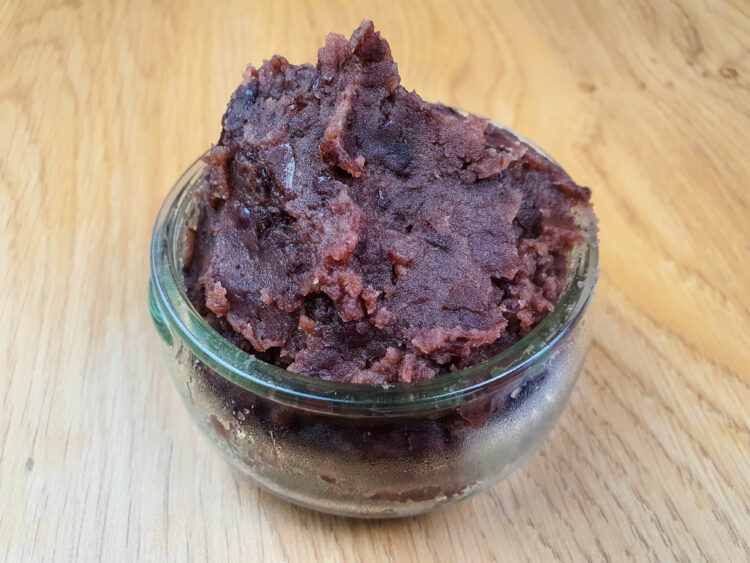Making sweet red bean paste (Anko) from scratch is easier than you think. You only need azuki beans, sugar, water, and salt !
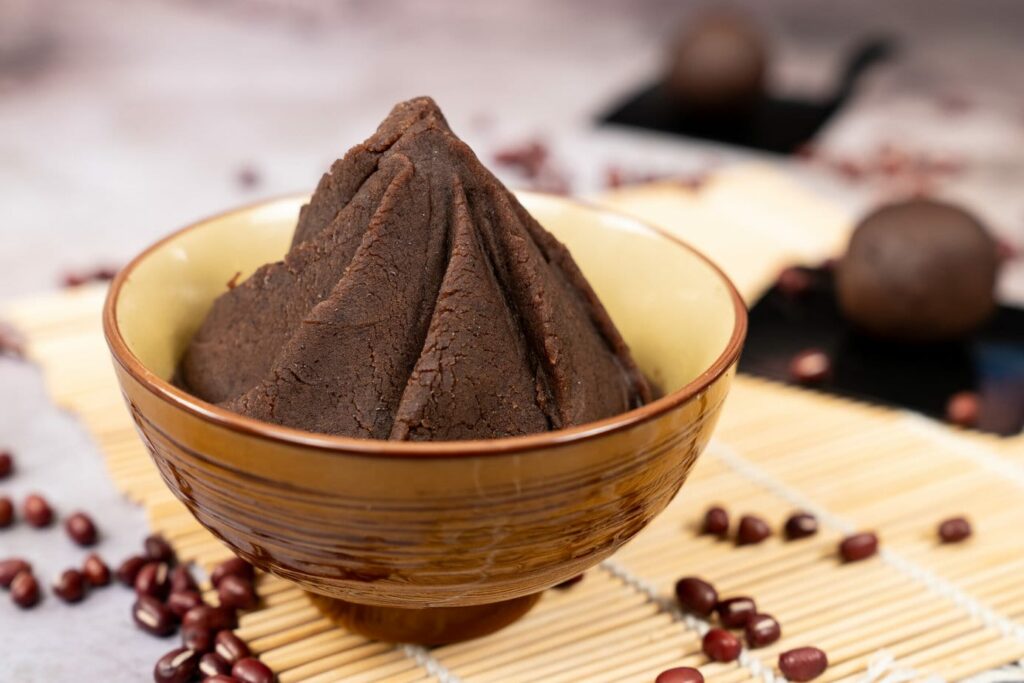
In this article, I’ll walk you through the two main varieties: Tsubuan (chunky) and Koshian (smooth). Once you’ve mastered this simple Anko recipe, you’ll be able to whip up all kinds of Japanese sweets at home.
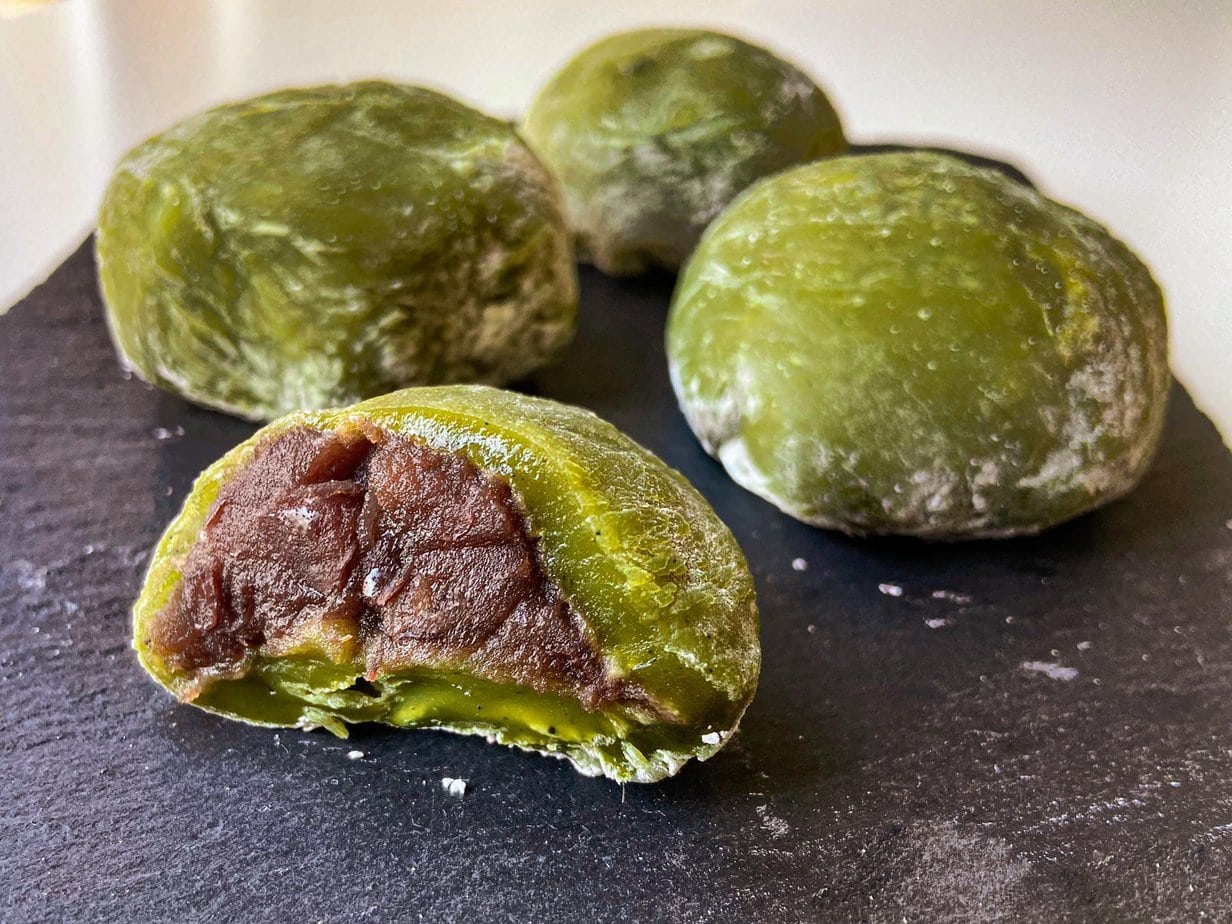
Do you love Japanese sweets and desserts? If you’re like me and love them all, it’s time to make Anko (餡子), that is, sweet red bean paste !
It’s the classic filling found in traditional Japanese confections and pastries.
Whether it’s Daifuku Mochi, Dango, Dorayaki, Taiyaki, Manju, or Anpan, they’re all stuffed with Anko and bursting with the subtle sweetness of red beans.
What is Anko?
Sometimes known simply as An (餡), Anko (餡子, あんこ) is a Japanese sweet red bean paste made from azuki beans.
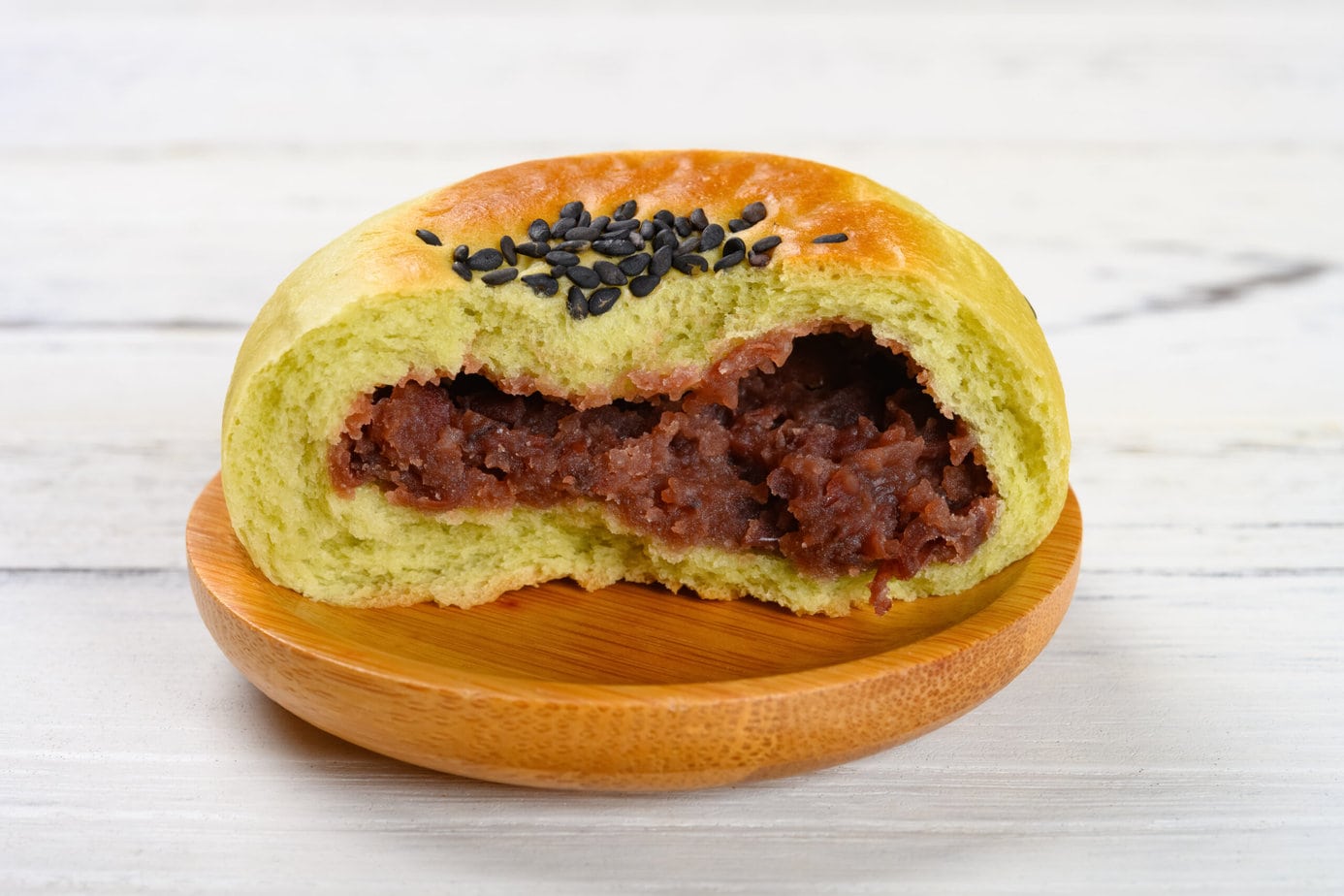
It’s the most common filling in Japanese wagashi, and you’ll also find sweet bean paste in countless Asian pastries beyond Japan. That’s how popular it is! Feeling adventurous? Try spreading a spoonful inside your homemade Japanese pancakes
In Japanese cuisine, the word “Anko” or “An” usually refers to red bean paste, but it also includes other varieties such as:
- Shiroan (白 あ ん): made with lima beans
- Kurian (栗 あ ん): made with chestnuts. Think of it as a Japanese take on chestnut cream
How do you make red bean paste (Anko)?
The basic method is simple: boil the azuki beans, lightly mash them, then sweeten the paste with sugar.
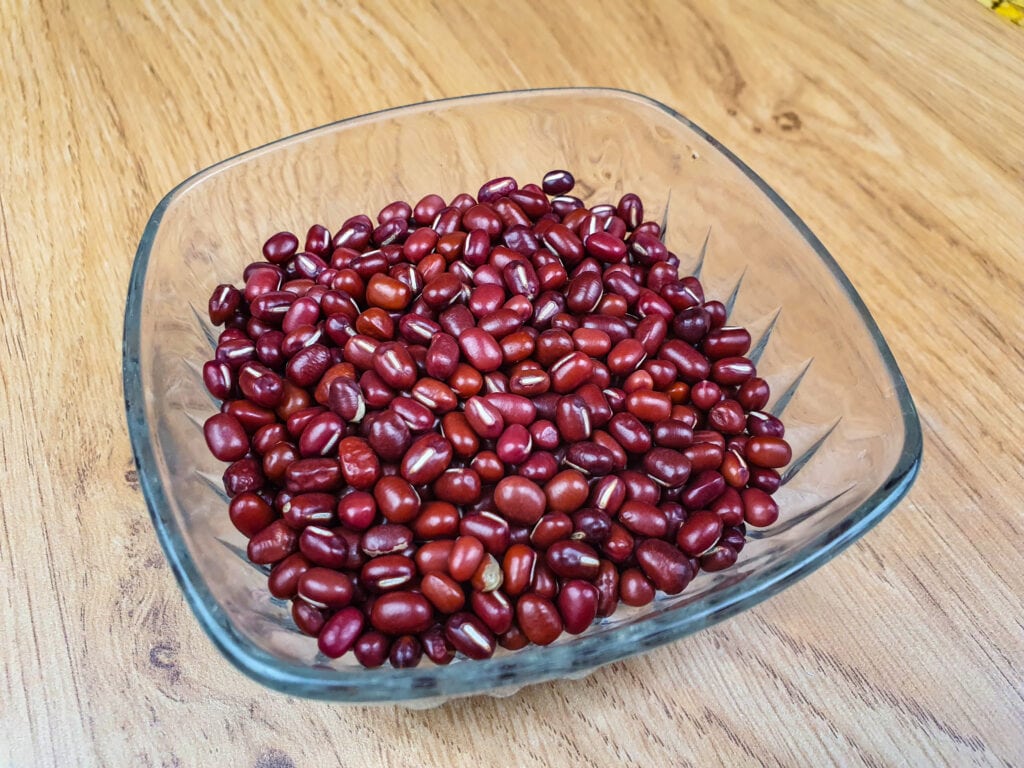
Azuki, sometimes spelled adzuki, literally means “small bean” (小豆) in Japanese. Most of Japan’s azuki crop is grown in Hokkaido. The largest variety, called Dainagon (大納言), costs a bit more than standard beans.
You can find dried azuki beans in most Asian grocery stores.
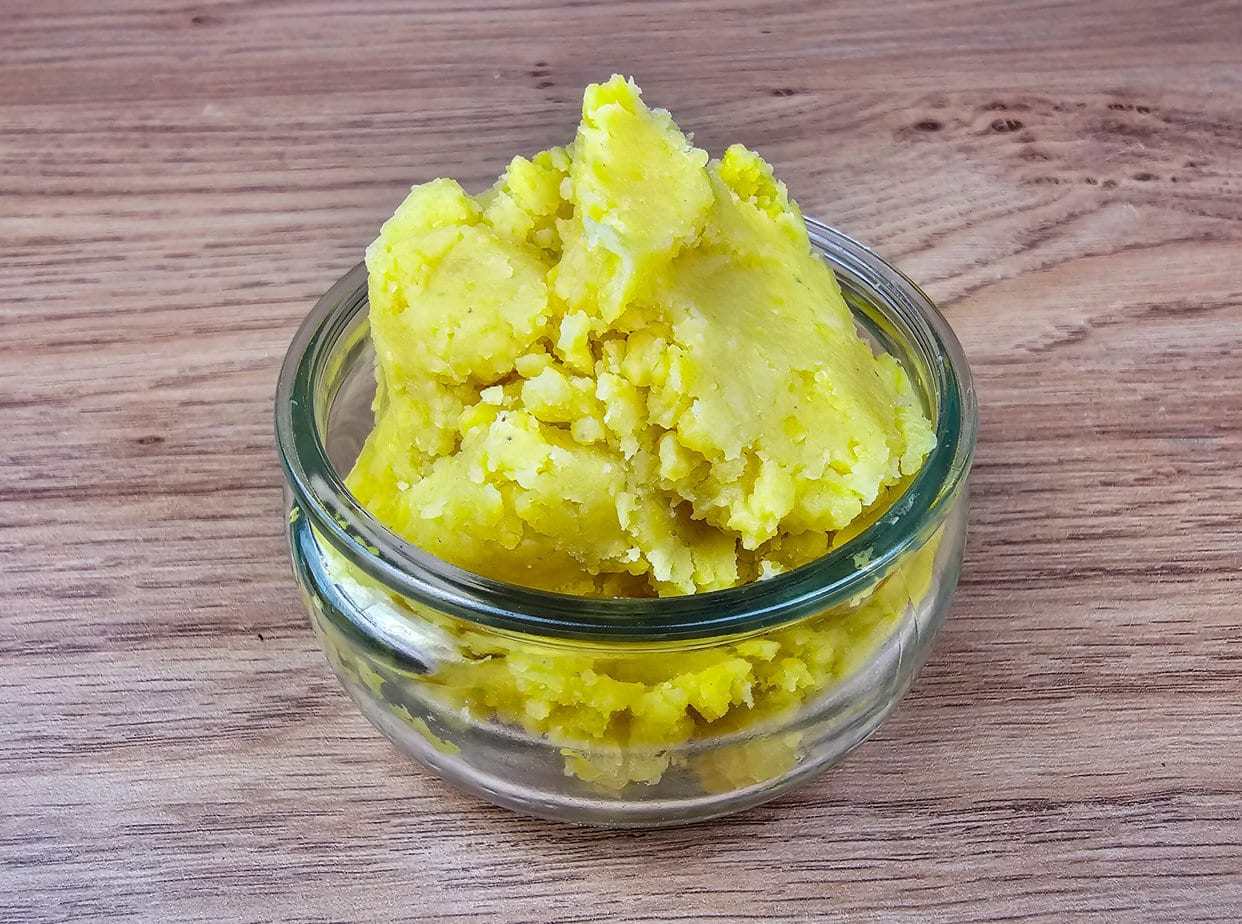
The 2 types of Anko (sweet red bean paste)
There are two main styles of red bean paste :
- Tsubuan (粒 あ ん): a chunky paste where many beans remain whole.
- Koshian (こ し あ ん): a fine, silky-smooth paste.
How to choose which one to use in recipes?
There’s no hard rule – just like peanut butter, choose chunky or smooth to suit your taste.
How to make Tsubuan (thick sweet red bean paste)
Tsubuan (粒 あ ん) is made by simmering azuki beans, then sweetening them with sugar. The skins stay on, and the beans are only partially “mashed”. Some break apart, but many remain whole – after all, it’s a chunky paste.

How to make Koshian (smooth red bean paste)
Traditionally, making Koshian (こ し あ ん) takes a few extra steps. After cooking the beans, you will need to:
- Push the cooked azuki beans through a fine-mesh sieve to remove the skins. You may need to add water to help press the beans through with the back of a wooden spoon.
- Put the bean puree into a large bowl and cover with water. Let it sit undisturbed for 30 minutes, then pour off the water. Repeat the process – once more for 15 minutes and a final time for 5 minutes – until the water runs clear.
- After discarding the water, transfer the puree onto a clean cotton cloth (or cheesecloth) to strain out most of the liquid. You will now have a fine, smooth paste.
- Return the bean paste to the saucepan, add the sugar and salt, and cook until it thickens. Your Koshian is ready!
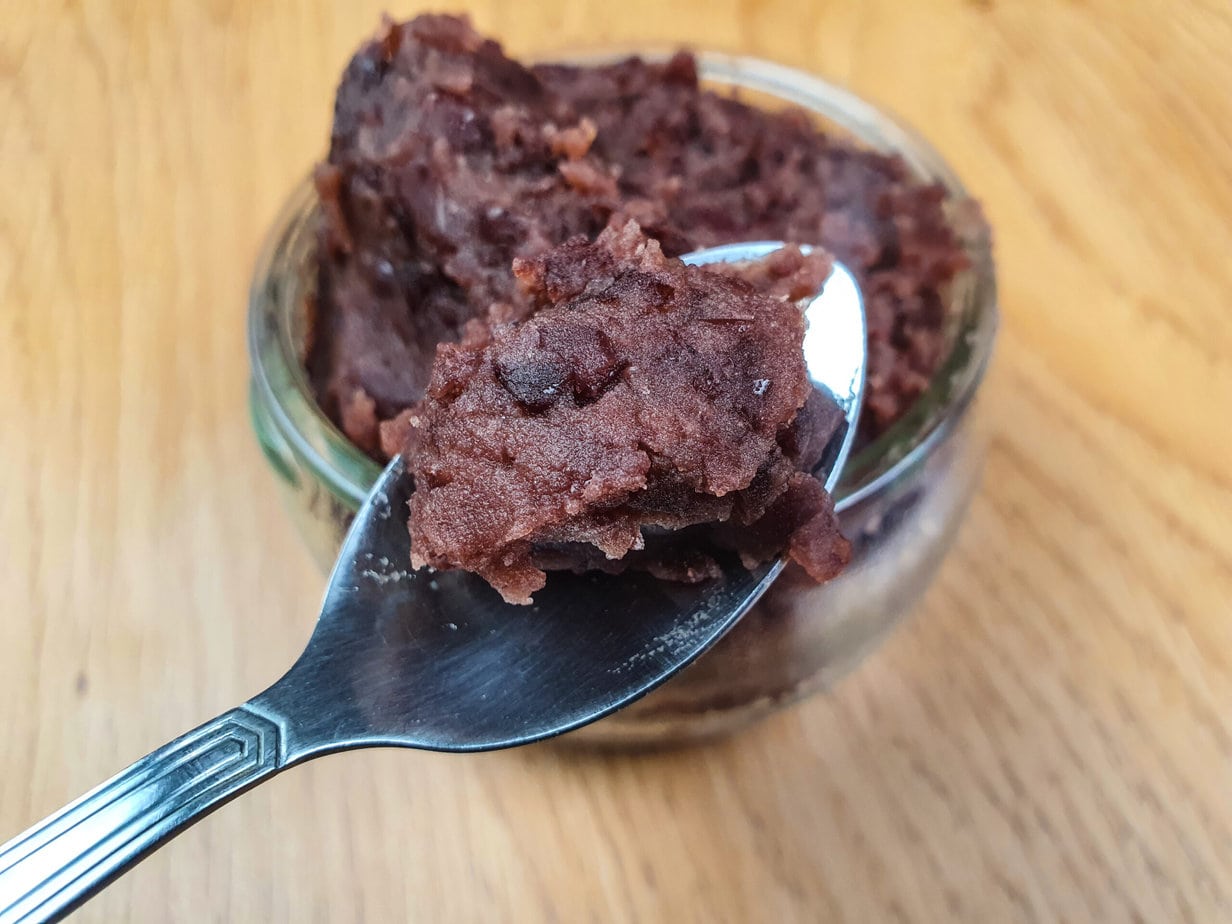
That’s a lot of elbow grease!
These days, most home cooks just use a blender to puree the beans, skins and all. Honestly, I don’t notice much difference between blender Koshian and the labor-intensive traditional version.
In this recipe, I will show you the blender method.
How to store red bean paste
You can freeze it for up to two months. Otherwise, keep it in the refrigerator for up to 4 days.
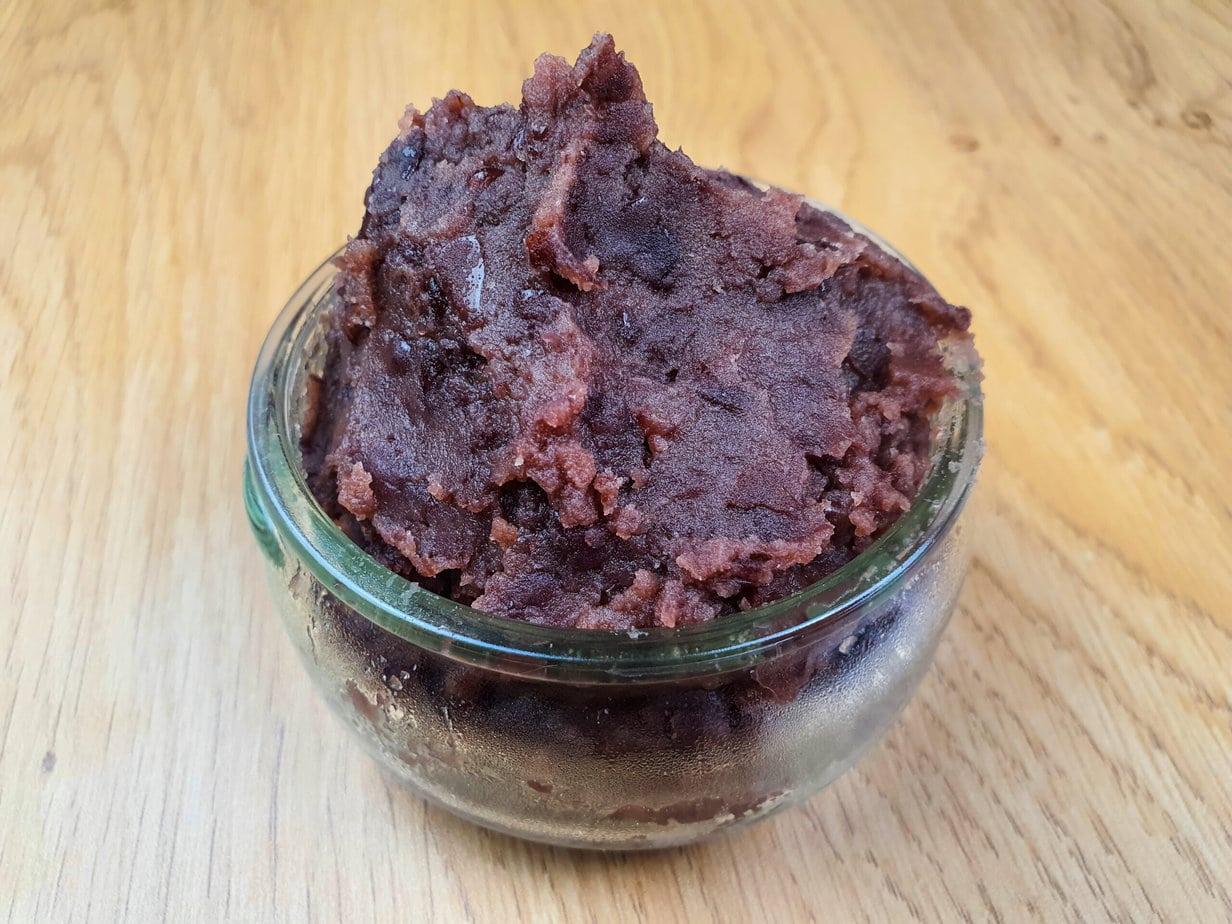
Easy Sweet Red Bean Paste (Anko)
Ingredients
- 200 g dried azuki beans
- 1 L water
- 200 g granulated sugar
- 0.25 fine sea salt
Instructions
- Gather all of your ingredients.
- Rinse the azuki beans, discarding any that are broken.
- Place the drained beans in a large pot and add water until they are submerged by 2–4 cm (1–2 in).
- Set the pot over medium-high heat and bring the water to a boil.
- Once boiling, pour the beans into a fine-mesh strainer, then return them to the pot.
- Add fresh water so the beans are again covered by 2–4 cm (1–2 in).
- Bring the pot back to a boil over medium-high heat. When it starts bubbling, lay an otoshibuta (drop lid) directly on the surface to keep the beans from bouncing around. Reduce the heat to medium-low and simmer for 1–1½ hours.
- As the water evaporates, top it up as needed to keep the beans submerged. After about 1 hour, pinch a bean between your fingers; if it squashes easily, they are done.
Tsubuan (chunky red bean paste)
- Drain the cooked beans in a colander.
- Return them to the pot, set over medium-low heat, and stir in half of the sugar.
- Stir until the sugar dissolves, then add the rest.
- Keep stirring until everything is well combined, then add the salt.
- If you’re making Zenzai (Oshiruko), the paste is ready to use now. For a thicker spread, continue cooking to reduce it further.
- Cook until most of the moisture evaporates. When you can drag a spatula across the bottom of the pot and the line holds, turn off the heat. It will look slightly loose but will firm up as it cools. Spread the anko on a rimmed tray to cool completely. Your tsubuan is ready.
Koshian (smooth red bean paste)
- Drain the beans in a colander, reserving a little of the cooking liquid.
- Move the beans to a blender, add 1–2 tablespoons of the reserved liquid if necessary, and blend until silky smooth.
- Return the puree to the pot, set over medium-low heat, and stir in half of the sugar.
- Stir until the sugar dissolves, then add the remaining sugar.
- Cook, stirring constantly, until some of the moisture cooks off. Add the salt and mix well.
- When a spatula dragged across the bottom leaves a clear trail, remove from the heat. The paste will thicken as it cools. Spread the koshian on a tray to cool completely—it’s now ready to enjoy.
